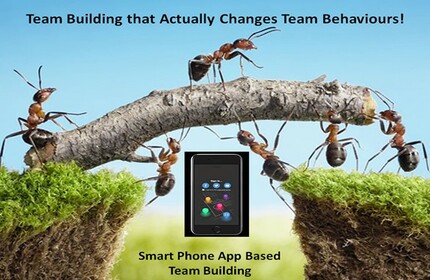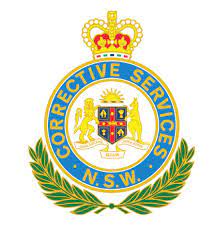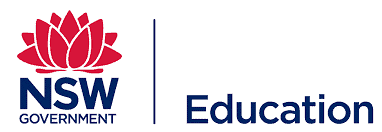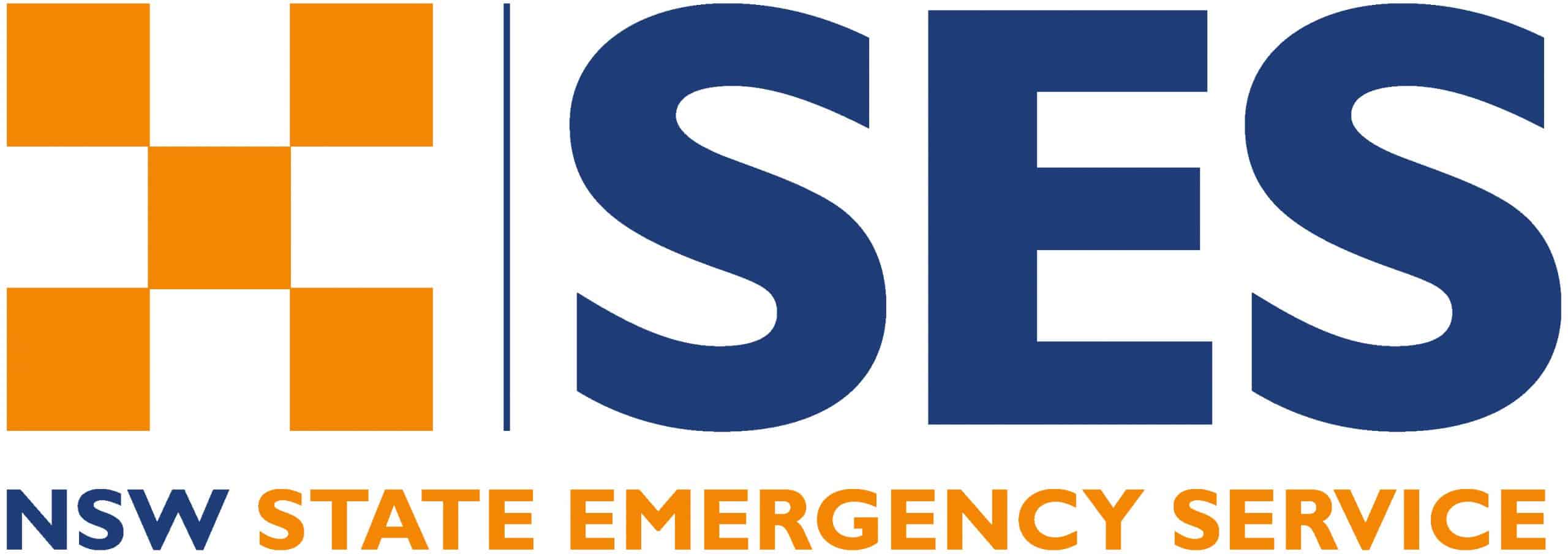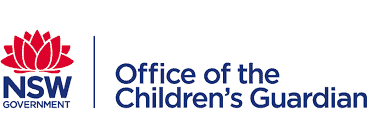Team Building that actually changes Team Behaviours
Thinking of a team building event? Something fun [but meaningful] to do with your team/s for your Christmas/ end-of-year gathering? Maybe your team hasn’t got together for a while because of extended remote/hybrid working? New people have joined, and people haven’t really spent much time together or even met face-to-face?
Perhaps your team’s been a bit disjointed – increased misunderstandings; some niggles and friction creeping in; tensions running a bit high; priorities being missed?
Or are you already thinking about your 2023 goals & want to take your high-performing team to the next level, and build their Collective Intelligence*?
*Collective Intelligence (CI) is the body of knowledge that grows out of a group: when teams work well together, they create intelligence that cannot exist on an individual level. As Aristotle said, the whole is greater than the sum of its parts.
Whatever you have in mind, the problem with most team building sessions is that teams often have a great time in the moment & have lots of ‘fun’ but there’s often very little practical ‘team development’ and not much behaviour changes when people get back to the workplace the next day. Or it’s the opposite – super serious and there’s no fun!
Of course, some ‘fun’ team sessions can be great and can make a difference – especially these days where we hear many people saying it sometimes feels like the fun has been sucked out of life a bit!
People simply spending time with each other as human beings and getting to know each other better is nearly always useful, especially if many or all have been remote working and haven’t come together much face-to-face. If that’s your objective, then most team sessions will hold some value.
However, to have a fun team building day and get behaviour change that sticks back in the workplace, you often need a different approach.
The following 8 steps detail a neuroscience-based behavioural approach to team building that’s fun AND drives real behaviour change.
Step 1. The team needs to be in a psychologically safe environment – ideally also in a novel, engaging, situation. Our brains like novelty, but only if we feel safe and able to have a go without too much pressure or fear of failure.
Too much pressure, fear of failure or being too far out of our comfort zones all put us in varying degrees of a ‘threat’ state (fight /flight/ freeze), and our brains simply are literally less, or not at all receptive to learning, depending on how ‘threatened’ we feel. That can then be a waste of time & money for the organisation.
Step 2. There needs be a mix of learning, fun, laughter, and team bonding (getting to know and understand each other). All these things boost oxytocin (and serotonin) in people’s brains. Oxytocin is the ‘love’ drug…so called for the effect it has in facilitating trust and attachment between individuals, particularly prosocial behaviours: the intent to benefit others, a social behaviour that benefits other people or society as a whole. More oxytocin effectively means better teamwork.
This is where most team building programs stop. Even those where the team has to complete some sort of task effectively only get to step 2 above – which of course can be useful.
However, what gets behavioural change to stick back in the workplace?
Step 3. The team first become aware of their strengths and development needs, in a psychologically safe, fun environment.
They become aware of the practical behaviours they do well, and those behaviours they need to change to improve performance.
That’s difficult to achieve unless the team take some sort of team assessment, and/ or they are observed and debriefed by an experienced, neutral, non-threatening 3rd party Team Coach/ Facilitator.
Step 4. Ideally people come to their own insights on the day about their learning and understanding of the practical behaviours they need to implement that will actually make them work better together.
Skilled team coaching/facilitation is most effective in making this happen. When people come to conclusions themselves, they have a deeper ‘why’ for the change, and they feel more empowered because they’ve come up with the solution themselves rather than being told what to do.
More positive, feel-good brain chemicals are released, especially dopamine (a reward neurotransmitter that influences learning, motivation, mood and attention), so people are much more likely to come up with and accept the actions they need to take to make the change. A skilled, psychologically safe facilitator helps guide people to self-awareness.
Step 5. In the team building session, the team come up with a set of agreed practical, real-world actions, and behaviours they need to deploy to get them working better together.
Having clear behavioural actions is critical to create more connected neuronal learning pathways in our brains to help us more effectively apply the learning – Hebb’s’ Law: neurons that fire together wire together. If the specific actions aren’t clear, our brains find it harder to wire neurons together and implement meaningful behaviour change.
Step 6. The team physically put the actions and behaviours into practice right there at the team building session (still in the fun, psychologically safe environment). The team pays mindful attention to applying their actions, then see their success as a direct outcome of their actions. Mindful attention strengthens those neuronal learning connections – Hebb’s’ Law in action again, with connections strengthened through dopamine and oxytocin. This better embeds and reinforces the learning pathways in the brain, which means better success applying the new behaviours back in the workplace.
Step 7. The team celebrate their success, support each other, and hold each other accountable to individual behaviours.
Positive feedback and additional mindful attention further strengthen those neuronal learning connections – Hebb’s’ Law in action once again. This also means better success applying the new behaviours back in the workplace.
Ongoing recognition, positive feedback, mindful attention boost dopamine, oxytocin, and serotonin, which are all critical to strengthen the neural pathways of the learning in people’s brains, and help people keep doing what they need to do and embed the behaviour more as a habit.
Step 8. Step 8 is to contact us and ask about our innovative, highly agile, smart-phone-app-based Team Building program. 😊 It’s proven to do all of the above.
“Best team building day I’ve ever done – and I’ve done a lot of these in the 15-20 or so years we’ve been doing them!”
Team Member, NSW Government (NSW FACS Western Sydney)
About SCC&D’s Gamified Smartphone-App-based Team Development
“The approach to this is unique and effective in gaining everyone’s trust and active participation. Very relevant to executive leadership. Thank you for a great session.”
National HR Manager
The team participate in a series of fun challenges run through our smart-phone app. These challenges, while seemingly innocuous on the surface, are carefully crafted based on neuroscience and deep behavioural research and experience to bring out nearly all team behaviours, positive and not so positive, in a psychologically safe and enjoyable forum.
“Excellent team building exercise! The differences between sessions 1 and 2 were clearly demonstrated and evident.”
National Capital Development Manager
These activities are unobtrusively observed by an experienced team coach/ team facilitator.
The experienced team coach then skilfully debriefs the team to extract and celebrate what they did well, what they can improve, and how all that relates to, and impacts on the workplace. The expert facilitator then helps the team devise specific strategy and actions the team needs to apply to improve.
“We had such a great day. Such an amazing way to get a new team off the starting blocks.”
Program Manager, NBBEN
We then send the team out to practically apply that knowledge and learning in a second round of fun challenges, also observed by the expert facilitator.
In this second round, teams get the opportunity to practically apply, embed & and observe how successful the new strategies and actions are, so the learning sticks. The facilitator again debriefs the team, especially in terms of acknowledging and celebrating what people did better, what the impact was and how that applies back in the workplace. The coach facilitates the team to agree on the practical actions they will deploy back in the workplace and guides the team to vocalise these actions so there is also personal and cross-team accountability.
“Brilliant! Clear and concise. Fun and meaningful.”
Head of Strategic Growth
We also often add in extra practical exercises to help teams get to know each other better as human beings, and to understand how the team is connected and how people rely on each other.
Each program is customised to the level, needs and objectives of the team. We can also add a competitive edge with teams competing against each other. We often follow a team building activity with a Strategic Facilitation session in the second half of the day if the team are only together for a limited amount of time.
Whatever the objective, get everyone in your team on the same page and have some fun with Southern Cross Coaching & Development’s interactive, app-based, practical & fun team building program – a team event which is a bit different to the norm. You will have fun AND impart useful learning that you will apply back in the workplace and personal life!
To find out more about our Team Building/Development or Strategic Facilitation programs contact us.

